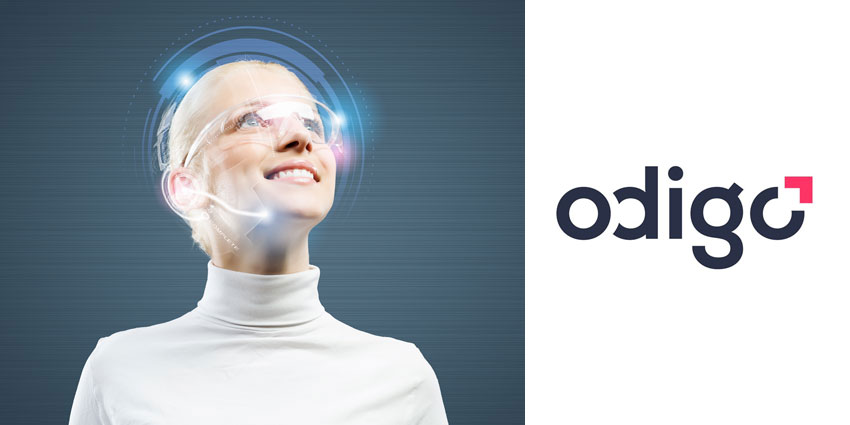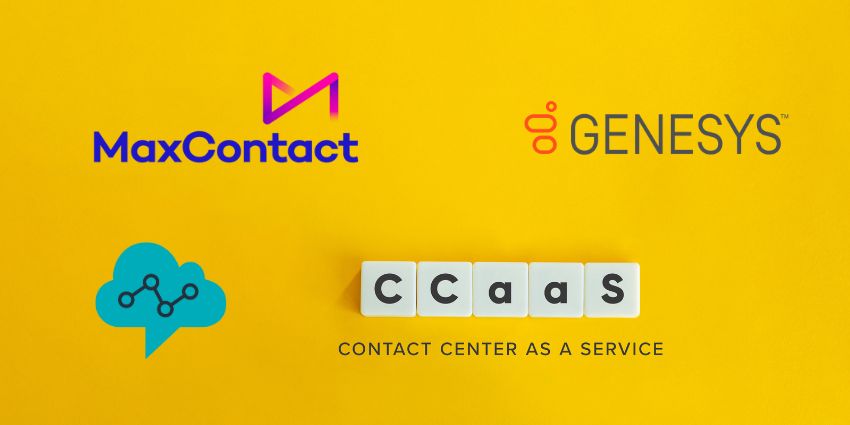Much speculation swirls around the future of CX. Trends such as the growing demand for digital support options, automated experiences, and proactive customer service garner much attention. However, little discussion surrounds how this changing dynamic will impact the role of contact centre agents.
As CX programmes evolve and cater for modern customers who, according to McKinsey & Company: “Believe they can get whatever they want, whenever they want, within minutes,” this must become a significant consideration.
Why? Because if CX initiatives simplify customer journeys and provide immediate answers to transactional queries, what is left for agents? Emotive, complex issues that take their toll on wellbeing.
So, as companies advance customer experiences, agent experiences must move with them. Otherwise, human customer support falls short of customer expectations, agent satisfaction suffers, and The Great Resignation becomes more than just a temporary issue.
Building on this point, Maxine Allard, Senior Account Executive at Odigo, says:
Following the pandemic, many people are re-evaluating their roles, and the resulting skills shortages should mean that agents become a more valued part of the business. Increasing agent appreciation is critical, but this must translate into better day-to-day experiences.
So, as contact centres reimagine the agent role, they must also address company culture and equip teams with the support they need to positively transform the working lives of agents. Here is how.
Challenge Company Culture
Start from the top of the business ladder, recommends Allard. “Corporate culture needs to recognise that agents are part of the outward-facing public persona of the organisation,” she says. As such, it is critical to support them to deliver experiences that align with brand messaging. Otherwise, a paradox emerges that frustrates customers that interact with the contact centre.
For example, perhaps company branding cites empathy and customer service as core values. Customers then expect friendly, empathy-fuelled conversations. Delivering such service experiences call-after-call is challenging, especially with few transactional contacts for agents to use as a breather. Therefore, it is critical that corporate understands this and supports contact centres in fostering a culture that nurtures and rewards agents appropriately.
Providing opportunities for growth and advancement is central to creating such a culture. Allard also suggests:
Ensuring you have a culture that places people at its heart, with effective communication, transparency, a good work/life balance and focuses on employee wellbeing will help attract and retain the best people.
Additionally, Allard underlines the significance of giving agents the right tools to do the job. Integrating channels with a central CRM, unifying the agent desktop, and ensuring easy support lines to subject matter experts (SMEs) are all incredibly helpful initiatives. Yet, this is just scratching the surface of how contact centres can support agents in the future contact centre.
Give Agents the Tools to Become Authority Figures
In an environment where calls are becoming increasingly complex, giving agents a greater sense of authority is crucial. Not only will this raise their confidence in handling calls, but it will also increase customer trust in their suggested solutions.
However, many agents currently feel like just another cog in the company machine. Offering direct input to their schedules is often the first step in turning the tide and building the desired sense of authority.
Workforce management (WFM) software is essential for doing so efficiently. As Allard says: “Agents can trade shifts, accept or decline overtime and request holidays, and get instant, rules-based responses.” These systems also allow the team to view schedules through an app, set preferences, and even bid for particular shifts.
Yet, the most crucial consideration for creating a sense of authority is building agent knowledge. Tools such as gamification and a knowledge base will play their part while evolving into ever more sophisticated solutions, thanks to advancements in AI.
These AI advancements will seep into other contact centre technologies and spawn further innovations that bolster agent knowledge. An example that is relatively new to the contact centre space is real-time coaching. Explaining how this works, Allard says:
Real-time natural language processing analyses what customers are saying to present contextual data and suggest next best actions.
Allard also promotes the use of quality management tools, which assess agent performance data to spot coaching opportunities. The technology pinpoints issues that impact wellbeing. Harnessing this knowledge, managers can prevent these problems from developing further.
As the agent of the future handles increasingly emotive calls, having the capability to detect such issues and offer proactive support to agents is vital – particularly in remote environments.
Improve Hybrid Working Experiences
At the start of the pandemic, many agents used ironing boards as desks, couches as desk chairs, and small, dingy rooms for noise protection. Remote working environments have come a long way since then, but there is still room for future improvement.
Allard highlights the bring your own device (BYOD) trend as a potential cause for concern. “I think this is a false economy,” she says. “It is likely to lead to a lot of frustration and push costs onto agents, who are typically not the best-paid people in the business.”
Another worry is remote agent engagement. Away from the buzz of the contact centre, motivation levels often fall by the wayside, especially when there are no interventions that break the call-after-call cycle.
Of course, contact centres can set time aside for training, team meetings, and social events. Yet, running these initiatives day-after-day burns a hole in the company pocket. So, it is crucial to take advantage of other engagement levers, such as gamification.
Finally, consider the use of video. As Allard says: “Video delivers the equivalent of face-to-face interactions for the team and one-to-one meetings, reducing feelings of isolation and ensuring remote employees feel part of the wider team.”
Integrating the contact centre with a UCaaS solution – such as Microsoft Teams – is an excellent way to bring video into the hybrid environments. It also facilitates the ideal environment for agents to connect with SMEs to gain real-time insights.
By taking a step like this, companies can work towards an anything as a service (XaaS) ecosystem. Such a platform will empower everyone in the business – not just agents – with fully integrated solutions, moulded to meet future customer needs.
Ready to upgrade your contact centre ecosystem to support the agent of the future? Reach out to Odigo’s team of experts and learn more about all of the solutions discussed in this article.







